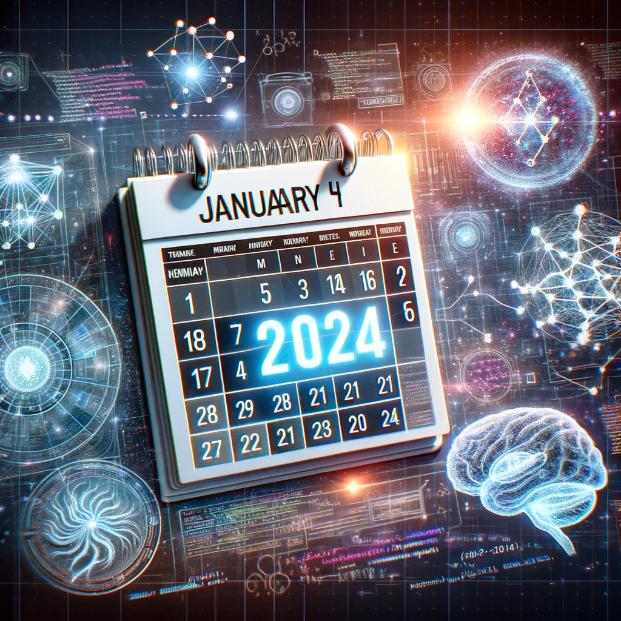Introduction to AI Algorithms in Autonomous Systems
In recent years, Artificial Intelligence (AI) has made significant progress and has become an integral part of our daily lives. From personal assistants like Siri and Alexa, to self-driving cars, AI is transforming the way we interact with technology. One of the most exciting applications of AI is in autonomous systems, where algorithms are used to control and guide machines without human intervention. In this article, we will explore the use of AI algorithms in autonomous systems and the impact they have on our world.
What are Autonomous Systems?
Autonomous systems refer to machines or devices that are capable of performing tasks without any external control or guidance. These systems are powered by AI algorithms that enable them to make decisions based on data without human intervention. Some common examples of autonomous systems include self-driving cars, drones, and robots used in various industries. These systems rely on sensors, cameras, and other data sources to perceive their environment and make decisions accordingly.
Types of AI Algorithms used in Autonomous Systems
There are various types of AI algorithms used in autonomous systems, and each serves a different purpose. Some of the most commonly used algorithms include:
Machine learning algorithms use statistical techniques to enable machines to learn from data and improve their performance without being explicitly programmed. These algorithms are widely used in autonomous systems, as they can adapt to new situations and perform tasks with a high level of accuracy. For instance, self-driving cars use machine learning algorithms to identify road signs and traffic signals, making it possible for them to navigate through traffic.
Deep learning algorithms are a subset of machine learning algorithms that use neural networks to learn and make decisions. These algorithms are designed to mimic the way the human brain works, making them highly effective in solving complex problems. Autonomous systems like robots and drones use deep learning algorithms to process visual data and make decisions accordingly.
Reinforcement learning algorithms are based on the concept of rewards and punishments. These algorithms learn by trial and error, where they are rewarded for correct actions and penalized for incorrect ones. This type of algorithm is used in autonomous systems such as robots in manufacturing, where they learn to perform tasks efficiently and avoid potential mistakes.
Advantages of AI Algorithms in Autonomous Systems
The use of AI algorithms in autonomous systems has many advantages, some of which include:
Autonomous systems powered by AI algorithms are much more efficient than their human counterparts. They can work tirelessly for hours without getting tired or making mistakes, making them ideal for tasks that require high levels of accuracy and precision.
AI algorithms in autonomous systems are designed to prioritize safety and reliability. With the ability to process large amounts of data and make decisions in real-time, these systems can identify potential hazards and take corrective actions without delay.
Autonomous systems powered by AI algorithms can help organizations save time and money by reducing the need for human labor. These systems are efficient and able to perform tasks that would otherwise require a team of individuals, resulting in significant cost savings for businesses.
Challenges of AI Algorithms in Autonomous Systems
While the use of AI algorithms in autonomous systems brings numerous benefits, there are also some challenges that need to be addressed. Some of these challenges include:
AI algorithms in autonomous systems heavily rely on data to make decisions. The quality and quantity of the data can significantly impact the performance of these algorithms. If the data is biased or incomplete, it can lead to incorrect decisions by the system.
Despite the advancements in AI technology, some people still struggle to trust autonomous systems. This is especially true in critical tasks such as healthcare and transportation, where the consequences of an error can be severe.
The use of AI algorithms in autonomous systems also raises ethical concerns. These systems can potentially make decisions that have ethical implications, and the lack of human intervention in these decisions can be controversial.
Conclusion
AI algorithms have revolutionized the way we interact with technology, and their application in autonomous systems has opened up a whole new world of possibilities. With the continuous advancements in AI technology, we can expect to see more autonomous systems in various industries, making our lives easier and more efficient. However, it is essential to address the challenges and ethical concerns associated with these systems, to ensure their responsible and ethical use.

